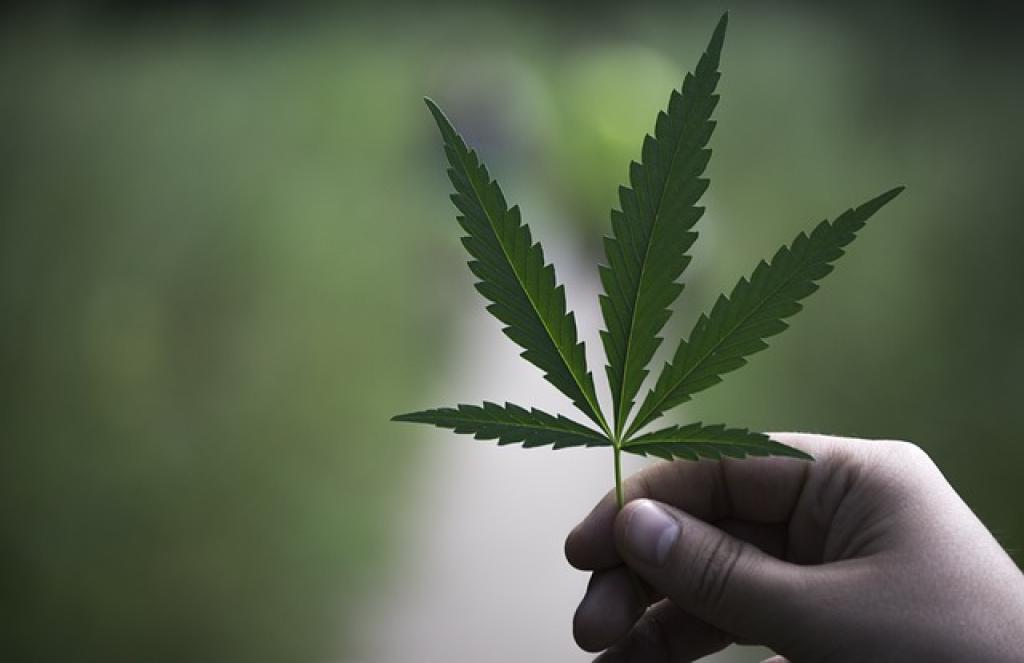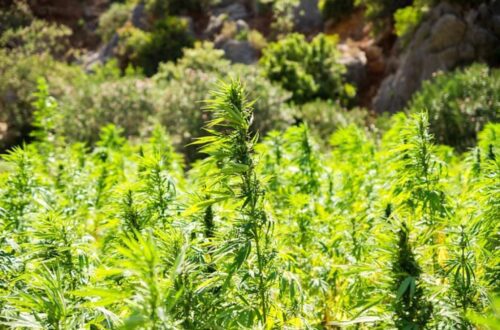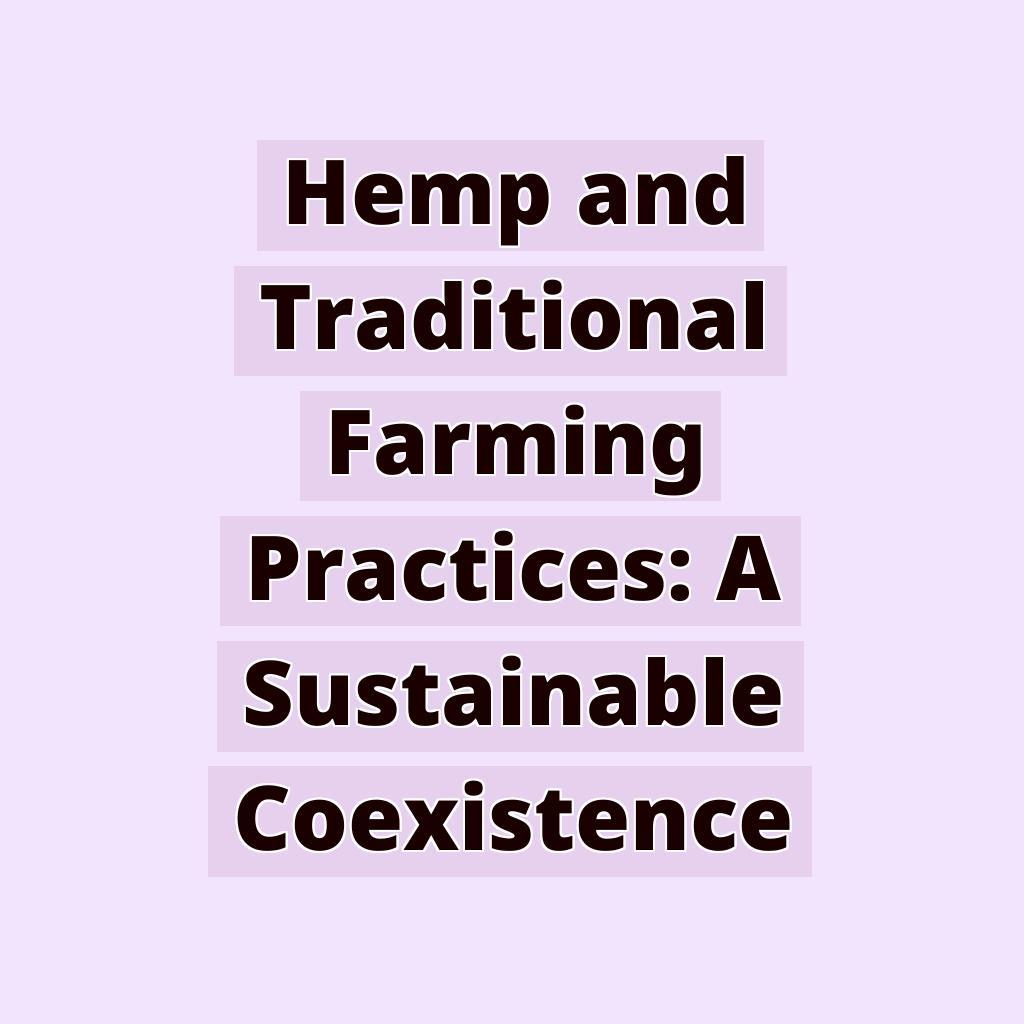Hemp farming is booming, thanks to its versatility in producing CBD, clothing, and even building materials. But like any crop, hemp isn’t immune to pests and diseases. These can wreak havoc on your fields, turning a promising yield into a disappointing loss.
Managing pests and diseases in hemp doesn’t have to be a nightmare. With the right strategies, you can protect your plants and ensure a bountiful harvest. Let’s dive into the essential tactics for keeping your hemp plants healthy and thriving. From identifying common threats to deploying effective control methods, you’ll find everything you need to know to safeguard your crops. Let’s get started!
Integrated Pest Management Techniques for Hemp
Integrated Pest Management (IPM) is a savvy approach that combines various strategies to keep pests and diseases at bay. It’s all about balance and using the most sustainable methods first.
Start with prevention. Choose pest-resistant hemp varieties and make sure your fields have healthy soil. Rotate crops regularly to disrupt pest cycles and encourage beneficial insects that prey on harmful pests.
Monitoring is key. Regularly inspect your plants for early signs of trouble. This helps you catch issues before they become full-blown problems. Keep records of your findings to spot patterns and predict future infestations.
When intervention is needed, opt for the least harmful solutions. Natural remedies like neem oil or insecticidal soaps can tackle many pests without harming the environment. If these measures aren’t enough, consider more targeted options like biological controls or, as a last resort, chemical treatments.
Finally, always evaluate the effectiveness of your IPM strategies. Adjust your approach based on what works and what doesn’t to continuously improve your pest and disease management. With a well-rounded IPM plan, your hemp plants will have the best chance to flourish.
Identifying Common Pests and Diseases in Hemp
Knowing what you’re up against is half the battle when it comes to managing pests and diseases in hemp. Here are some common culprits to watch out for.
Aphids
These tiny insects can be green, black, or yellow and tend to cluster on the underside of leaves. They suck the sap out of plants, causing leaves to curl and yellow. Check for sticky residue on leaves, which is a telltale sign of their presence.
Spider mites are another notorious pest. These minuscule spiders create fine webs on the plants and lead to speckled, discolored leaves. They thrive in dry conditions, so keeping humid environments can help deter them.
Powdery Mildew
This fungal disease shows up as white, powdery spots on leaves and stems. It spreads more in warm, dry environments. To manage it, ensure proper air circulation and avoid overhead watering.
Leafhoppers and caterpillars are also common nuisances. Leafhoppers can cause leaves to become spotted and stunted, while caterpillars chew through foliage. Regularly inspect your plants and manually remove any found pests.
Root rot, caused by overwatering, leads to wilting and yellowing plants with soggy roots. Proper watering techniques and well-draining soil are essential to prevent this disease.
By familiarizing yourself with these pests and diseases, you can take swift action to protect your hemp plants, ensuring they remain healthy and productive.
Natural Predators and Biocontrol Methods
Taking a natural approach to pest control can be incredibly effective and environmentally friendly. Here’s a look at some natural predators and biocontrol methods that can help keep your hemp plants healthy.
Ladybugs
Ladybugs are famous for their appetite for aphids, and they can eat up to 50 a day! Releasing these beneficial bugs into your hemp garden can significantly reduce aphid populations without the need for chemical pesticides.
Lacewing larvae, also known as “aphid lions,” are voracious eaters of aphids, spider mites, and other soft-bodied pests. Consider introducing these insects to maintain a balanced ecosystem in your garden.
Parasitic Wasps
Though tiny, parasitic wasps pack a punch against pests like caterpillars and leafhoppers. They lay their eggs inside these pests, and the emerging larvae eventually kill their hosts. These wasps are harmless to humans and pets but lethal to unwanted insects.
Nematodes are microscopic worms that seek out and destroy harmful insects like root-feeding grubs and fungal gnat larvae. These tiny warriors can be added to the soil to protect your plant roots from unseen enemies.
Row covers are another excellent biocontrol method. These lightweight fabrics cover your plants, acting as a barrier to pests while allowing sunlight, air, and water to reach them. They’re particularly useful during the young stages of plant growth.
By incorporating natural predators and biocontrol methods into your pest management strategy, you can create a thriving, pest-free environment for your hemp plants without relying on synthetic chemicals.

Preventative Measures and Crop Rotation
Staying ahead of pests involves more than just reacting to an infestation. Let’s dive into some preventative measures and how crop rotation can be a game-changer for your hemp garden.
One of the simplest yet most effective preventative measures is giving your plants some personal space. Overcrowded plants can become a breeding ground for pests and disease. Ensuring proper spacing improves air circulation and reduces the likelihood of infestations.
Regular monitoring is key. Make it a habit to inspect your plants frequently. Look under leaves, around the stems, and don’t ignore the soil. Early detection can help you address issues before they become major problems.
Sanitation matters too. Remove any dead or decaying plant material from your garden. These can attract pests and provide a perfect hiding spot. Keeping your garden clean helps maintain a healthy environment for your hemp plants.
Now, let’s talk crop rotation. Planting the same crop in the same spot year after year can deplete the soil and lead to pest build-up. By rotating your hemp with other crops, you can disrupt pest life cycles and improve soil health. This practice not only helps with pest management but also boosts the overall yield and resilience of your crops.
Consider planting cover crops like clover or rye in between hemp growing seasons. These can enrich the soil, suppress weeds, and even deter some pests. When you rotate back to hemp, you’ll be planting in a rejuvenated and less pest-prone environment.
Incorporating simple preventative measures and practicing crop rotation can make a big difference in maintaining a healthy and pest-resistant hemp garden.
Using Organic and Sustainable Practices
Switching to organic and sustainable practices isn’t just good for the environment—it’s fantastic for your hemp plants too. Let’s break down some easy, nature-loving methods.
First up, composting. Using compost enriches your soil with natural nutrients, giving your hemp plants a healthy boost. It’s like feeding your garden a nutrient-packed smoothie. Plus, you’ll cut down on waste by recycling kitchen scraps and yard waste.
Next, think about natural pest controls. Instead of reaching for chemical pesticides, consider beneficial insects. Ladybugs, for instance, are great at keeping aphids in check. Creating an inviting habitat for these helpful critters can naturally balance your garden’s ecosystem.
Mulching is another handy technique. Organic mulch made from straw, leaves, or grass clippings helps retain moisture, regulate soil temperature, and suppress weeds. Plus, as it breaks down, it adds even more nutrients to the soil.
Drip irrigation systems can also make a huge difference. They use water more efficiently and deliver moisture directly to the plant roots, reducing water waste and preventing the spread of disease caused by splashing.
Intercropping is worth mentioning too. Planting complementary crops alongside your hemp can deter pests and encourage beneficial insects. For example, marigolds can repel nematodes, while clover can fix nitrogen in the soil.
Lastly, don’t forget the power of rotating your organic fertilizers. Different types of organic matter, like fish emulsion or bone meal, can offer a variety of nutrients. This encourages plants to grow stronger and be more resilient against pests and disease.
Using organic and sustainable practices creates a thriving, self-sufficient garden that’s kinder to the earth and kinder to your hemp. It’s a win-win!
Evaluating the Effectiveness of Different Pest Control Strategies
Alright, let’s dive into how you can gauge whether your pest control efforts are really working. It’s not just about getting rid of bugs; it’s about finding a balanced, sustainable approach.
First, observe the pest and predator balance. Spend a few minutes each day inspecting your plants. If you notice beneficial insects like ladybugs or spiders, you’re on the right track. A healthy garden has a mix of pests and their natural predators.
Another tip is to look at plant health overall. If your hemp plants are growing strong and looking green, your pest control methods are probably working. Wilting leaves, discolored patches, or stunted growth might signal that something’s off.
Pay attention to the numbers. Keeping a garden journal can help you track pest and insect populations over time. If you notice a decline in harmful pests without a rise in plant damage, that’s a good sign your strategy is effective.
Experiment with spot treatments. Sometimes, specific areas may need more attention. Try using natural repellents or neem oil on problem areas and note any changes in pest activity.
Another important factor is soil health. Healthy soil tends to support robust plants which are naturally more resistant to pests. Test your soil regularly to ensure it has the right balance of nutrients and organic matter.
Lastly, listen to your plants. They’re great at communicating if something’s wrong. Regular plant checks and a keen eye will help you catch issues before they escalate.
Everything boils down to balance and observation. By closely monitoring your garden, you’ll be able to fine-tune your pest control strategies for the healthiest hemp plants possible.
Conclusion: Sustainable Approaches to Hemp Pest and Disease Management
As we wrap up, it’s clear that sustainable pest and disease management in hemp cultivation isn’t just about quick fixes. Rather, it’s about creating a balanced ecosystem where plants can thrive naturally.
First, understanding the specific pests and diseases that affect hemp is crucial. Knowledge is power, and being informed allows you to take targeted actions. Implementing proactive measures like crop rotation, companion planting, and maintaining healthy soil can go a long way in preventing problems before they start.
Additionally, integrating natural predators and beneficial insects into your garden can provide an ongoing defense against pests. These little helpers can strike a balance, reducing your reliance on chemical interventions which can be harmful to the environment.
When it’s necessary to intervene more directly, organic treatments like neem oil and insecticidal soaps offer effective solutions without the negative side effects of harsher chemicals. These options protect your plants and the beneficial organisms that keep your garden healthy in the long run.
Monitoring and observation are key. By consistently checking your plants and maintaining a garden journal, you’ll be better equipped to detect early signs of trouble and adjust your strategies accordingly. This ongoing vigilance ensures small issues don’t become big problems.
Ultimately, sustainable pest and disease management in hemp cultivation is about fostering a resilient garden ecosystem. By combining knowledge, natural solutions, and regular monitoring, you create an environment where your hemp plants can flourish with minimal harm to the earth.
Remember, sustainable practices not only yield healthier plants but also contribute to a healthier planet. Happy gardening!






